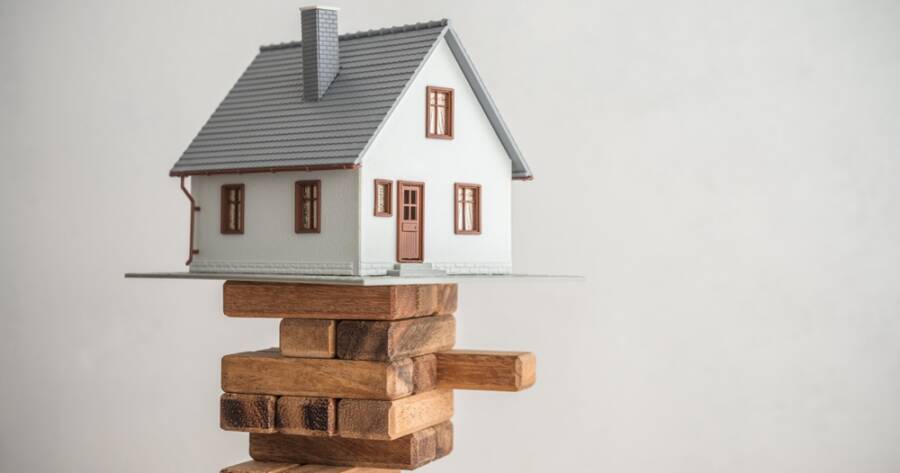A reverse mortgage can offer a lifeline for homeowners aged 62 or older, providing access to the equity in your home without the need to sell. This financial solution can help ease the strain of retirement expenses by converting your home’s value into cash. Whether you’re looking to cover medical costs, pay off debt, or simply enhance your quality of life, a reverse mortgage may be the key to achieving greater financial flexibility.
What is a Reverse Mortgage?
A reverse mortgage allows homeowners aged 62 and older to borrow against their home equity without the need to make monthly payments. Unlike traditional mortgages, where borrowers pay the lender, a reverse mortgage works in the opposite direction. The homeowner receives funds either as a lump sum, monthly payments, or a line of credit. The loan is repaid when the homeowner sells the property, moves out, or passes away. This financial solution can help seniors access cash while staying in their homes.
How Does a Reverse Mortgage Work?
In a reverse mortgage, the home itself serves as collateral for the loan. The lender provides funds to the homeowner, and the loan balance grows over time as payments are deferred. There are several ways to receive these funds, including lump sums, monthly payments, or a line of credit. The loan must be repaid when the homeowner moves out, sells the property, or passes away. The proceeds from selling the home are used to pay off the loan balance, with any remaining funds going to the homeowner or their estate.
The Benefits of a Reverse Mortgage
One of the key benefits of a reverse mortgage is the ability to tap into the equity of your home without selling it or making monthly payments. This can provide financial relief for seniors who need cash for everyday expenses, medical bills, or home repairs. Reverse mortgages allow homeowners to remain in their homes and maintain their lifestyle while receiving additional income. Additionally, the government-backed Home Equity Conversion Mortgage (HECM) ensures that the loan balance won’t exceed the value of the home, protecting homeowners and their estates.
Considerations and Costs to Keep in Mind
While reverse mortgages can provide immediate financial relief, it’s important to understand the associated costs. There are upfront fees, including origination fees, mortgage insurance premiums, and closing costs, which can be rolled into the loan. Homeowners are still responsible for paying property taxes, homeowner’s insurance, and maintaining the home. The balance on the loan grows over time, and interest accumulates. It’s crucial to weigh these factors carefully, especially considering that the home will eventually need to be sold to repay the loan.
Who Is a Reverse Mortgage Right For?
Reverse mortgages can be an ideal option for seniors who own their homes outright or have significant equity but lack other financial resources. It’s particularly useful for those who need additional income but don’t want to sell their home. However, it’s not suitable for everyone. Homeowners should ensure they understand the costs, responsibilities, and implications for their estate. Additionally, it’s important to meet eligibility requirements, such as being 62 or older and having sufficient home equity. If you’re unsure, it’s recommended to consult with a financial advisor.
Eligibility and Requirements for a Reverse Mortgage
To qualify for a reverse mortgage, the homeowner must be at least 62 years old, live in the home as their primary residence, and have significant equity in the property. The home must also meet certain standards, such as being a single-family home, condo, or manufactured home. A mandatory counseling session is required, which provides an overview of the process, fees, and potential impacts on eligibility for government programs like Medicaid. Homeowners must also remain current on property taxes and insurance.
How to Apply for a Reverse Mortgage
The process of applying for a reverse mortgage involves several steps, including meeting with an approved counselor, determining the type of reverse mortgage that best suits your needs, and working with a lender to assess your home’s value. After completing the necessary paperwork, the loan application will be reviewed, and the homeowner will receive an offer based on their home’s equity and other factors. Once approved, the homeowner can choose how they would like to receive the funds and begin enjoying the benefits of their reverse mortgage.
Weighing Your Options for Financial Relief
Reverse mortgages can provide valuable financial relief for seniors, offering a way to access home equity without monthly payments. However, it’s essential to carefully consider the costs, eligibility requirements, and long-term impact before proceeding. While a reverse mortgage can be a useful tool, it’s not suitable for everyone. Consulting with a financial advisor or reverse mortgage counselor can help ensure that it’s the right decision for your financial situation and help secure your future without sacrificing your home.





